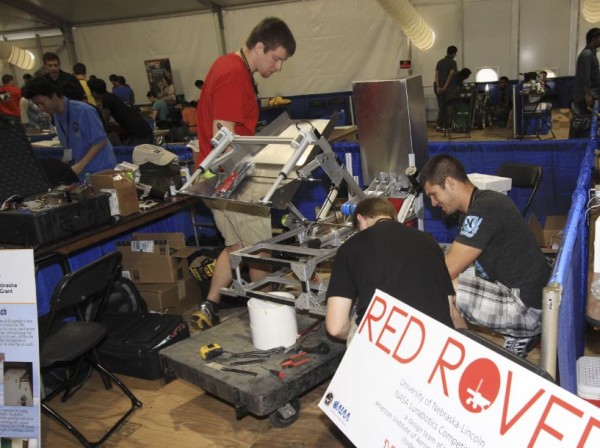NASA Again Holds Competition to Build Mars Mining Robots
| Arthur Dominic Villasanta | | May 15, 2016 07:47 PM EDT |
(Photo : NASA) Contestants building Mars mining robots at a previous RMC
Martian pioneers will have to live off the land in Mars to survive but how will that be possible in a world without plants, trees, animals, water and good old Earth?
That's the thorny and life-threatening question a NASA competition called the 7th Annual NASA Robotic Mining Competition (RMC) now taking place in Florida is trying to answer.
Like Us on Facebook
Living off the land today is referred to as "In-Situ Resource Utilization" or ISRU by NASA and those in the space community. Competitors at RMU are focusing their brain power on developing the technologies necessary to extract consumables such as oxygen and water to support human life on Mars. These consumables will also allow colonists to produce methane fuel for their spacecraft.
These as yet undeveloped technologies can also be used to mine source materials in-situ for building landing pads, buildings and other important infrastructure. All these activities will need mining tools, specifically smart mining robots that can act on their own. Hence, the need for RMU.
RMC challenges college students to design and build a mining robot that can travel over a simulated Martian surface, excavate regolith (or the Martian soil) and deposit as much of it as possible into a bin, all within 10 minutes.
Team members may control their bots remotely from a trailer where their only line of sight is via a computer screen. Or, they can control their robot autonomously using their programming skills. NASA is basically crowdsourcing ideas from smart college students that want to be part of NASA's journey to Mars.
NASA directly benefits from RMC with the clever ideas and solutions that could be applied to an actual excavation device or payload. The unique physical properties of basaltic regolith on Mars and the reduced, one-third gravity make excavation a difficult technical challenge.
NASA will use data from this competition to improve its Regolith Advanced Surface Systems Operations Robot or RASSOR.
One critical resource on Mars is water ice, which can be found buried in the regolith where it is well insulated. During RMC, teams have to dig for gravel under the soil surface that simulate this ice. NASA says there's at least five percent water in the Martian soil.
TagsNASA, Robotic Mining Competition, In-Situ Resource Utilization, Regolith Advanced Surface Systems Operations Robot, RASSOR
©2015 Chinatopix All rights reserved. Do not reproduce without permission
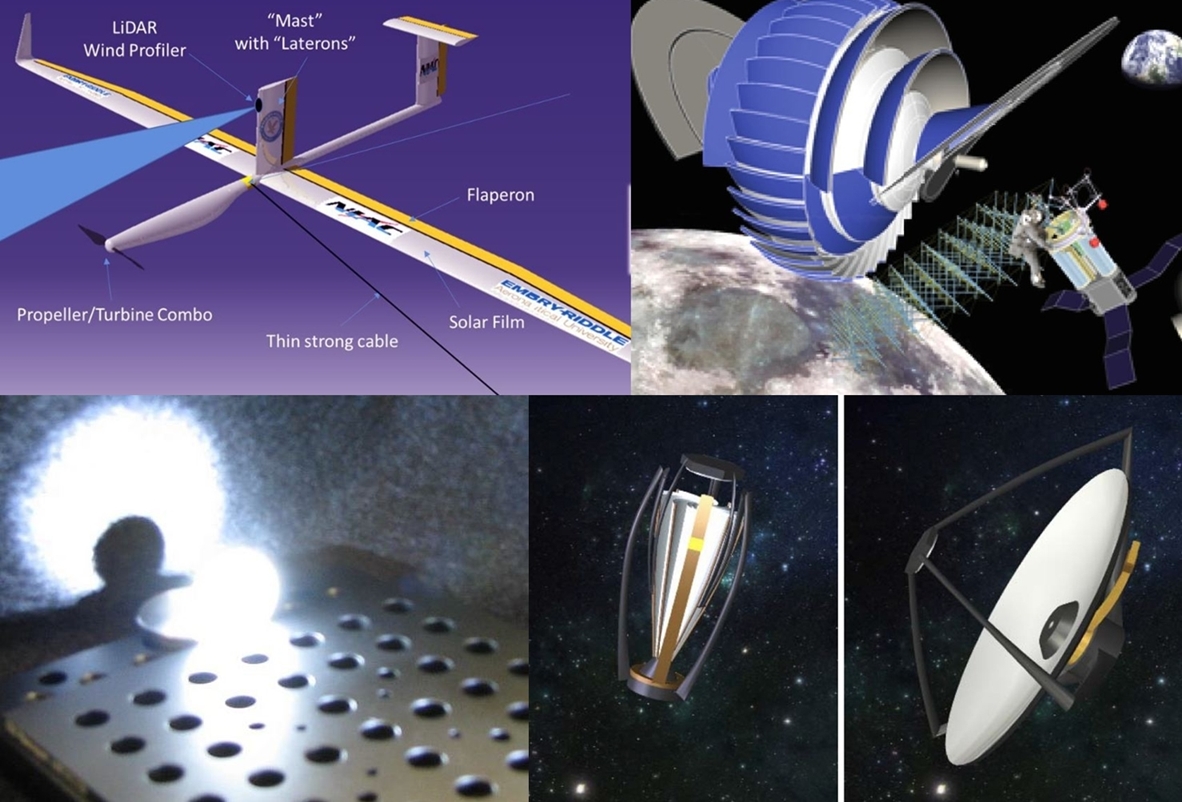 NASA Reveals Spectacular Concepts for Human Missions to Mars
NASA Reveals Spectacular Concepts for Human Missions to Mars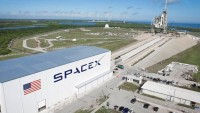 Why did SpaceX Beat Boeing in the Space Race? Perhaps it’s also the Pay
Why did SpaceX Beat Boeing in the Space Race? Perhaps it’s also the Pay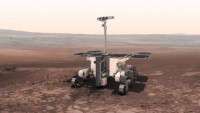 Joint Europe, Russia ExoMars Mission Postponed to 2020
Joint Europe, Russia ExoMars Mission Postponed to 2020 SpaceX to Reveal More Plans for Mars Mission in September
SpaceX to Reveal More Plans for Mars Mission in September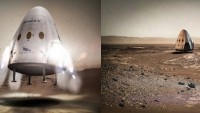 SpaceX to Land Red Dragon Spacecraft on Mars in 2018; will set New Records
SpaceX to Land Red Dragon Spacecraft on Mars in 2018; will set New Records
EDITOR'S PICKS
-

Did the Trump administration just announce plans for a trade war with ‘hostile’ China and Russia?
-

US Senate passes Taiwan travel bill slammed by China
-

As Yan Sihong’s family grieves, here are other Chinese students who went missing abroad. Some have never been found
-

Beijing blasts Western critics who ‘smear China’ with the term sharp power
-

China Envoy Seeks to Defuse Tensions With U.S. as a Trade War Brews
-

Singapore's Deputy PM Provides Bitcoin Vote of Confidence Amid China's Blanket Bans
-

China warns investors over risks in overseas virtual currency trading
-

Chinese government most trustworthy: survey
-

Kashima Antlers On Course For Back-To-Back Titles
MOST POPULAR
LATEST NEWS
Zhou Yongkang: China's Former Security Chief Sentenced to Life in Prison

China's former Chief of the Ministry of Public Security, Zhou Yongkang, has been given a life sentence after he was found guilty of abusing his office, bribery and deliberately ... Full Article
TRENDING STORY

China Pork Prices Expected to Stabilize As The Supplies Recover

Elephone P9000 Smartphone is now on Sale on Amazon India

There's a Big Chance Cliffhangers Won't Still Be Resolved When Grey's Anatomy Season 13 Returns

Supreme Court Ruled on Samsung vs Apple Dispute for Patent Infringement

Microsoft Surface Pro 5 Rumors and Release Date: What is the Latest?
